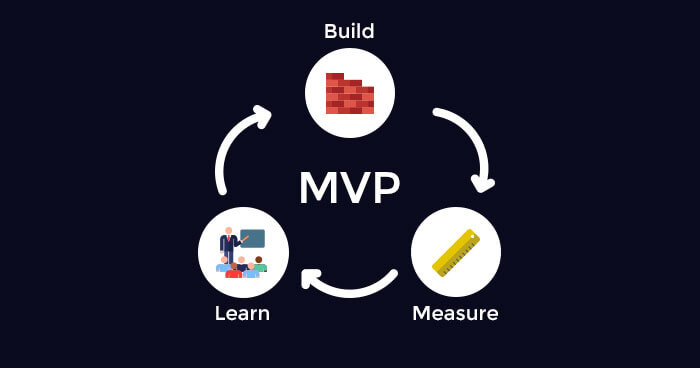
This is a complicated post to write. How to give constructive feedback. From my side, feedback is always welcome, not only at work but in life in general.
When I was a kiddo, I worked in Spain for a year and a half and never got any feedback, nothing matters in here.
When I got to Ireland, after two weeks, I received a «good stuff» because of developing a proxy pattern in two days and I felt really good, just because my work had been gratituted. I remember going home with this song (I have no clue why):
There are three different types of feedback:
- Negative: You need to understand how the person is, feels in the company and why they are performing badly… The most important thing is that they don’t feel attacked. Both people need to understand why is happening and get to a point of construstive feedback. Never say like it happens in here: you are useless.
- Neutral: Keep doing what you are doing, this is working and if you put a bit more effort, and you can, we can progress with your career, blablaba…
- Positive: This is the most important one but the most complicated one. Usually, the person that is performing really good already knows it, but it’s really important to tell them they’re doing well. This will encourage them to keep performing as they are doing, feel important in the company and possibly get more money and promoted.
Exceptions:
- You cannot treat everyone the same way. Imagine you are the coach of FCB. Would you treat the same way Messi for a bad match as you would treat Semedo? Guardiola explained it very well (with the help of Estiarte). When you have a real talented person, take care of them. No matter if they fail because they got drunk the night before, let them play, allow them to do whatever they want ‘cause they are going to do stuff that the rest of the staff can not. It will be beneficial for your company no matter what.
- Take care of people not sure about themselves. Try to get the best of them giving them the confidence they need. Believe me, if you give confidence and responsibility to someone that is not sure about their skills, you’ll be surprised on what they can give to the company.
- 1-1: It is imperative to have a one to one every 1-2 weeks in order to understand how people feel and be able to give them the feedback they need in order to get the potential they have.
- Go for beers with them. Having a beer with a colleague in an Irish pub is the best solution for everything.
Ander Telleria









